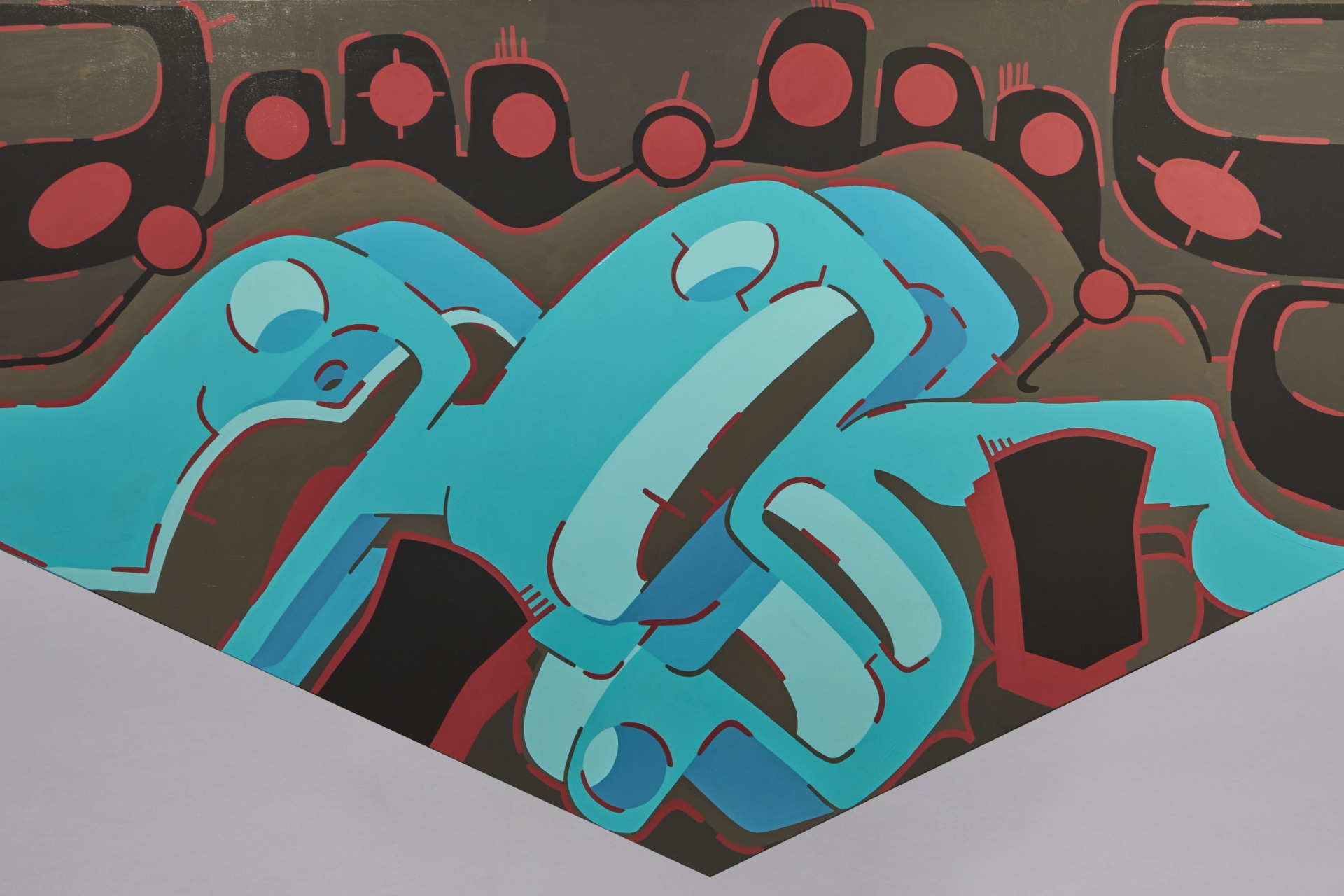Description
Despite having been converted to the Methodist church by his half-brother Kahkewaquonaby (Peter Jones, also a visitor to Britain on multiple occasions), Maungwudaus renounced the church and, in 1843, established a troupe of fellow Ojibwe performers to travel around and earn their living. Between 1845 and 1848, they traveled extensively throughout Britain and Europe, teaming up for stretches with the artist George Catlin, whose “Indian Gallery” was also touring the continent. He wrote a pamphlet, An Account of the Chippewa Indians, who have been traveling among the Whites, in the United States, England, Ireland, Scotland, France, and Belgium (1848). They landed in Portsmouth on March 26th 1843 (according to his pamphlet) and then traveled to London where they performed alongside Catlin in the Egyptian Hall in Piccadilly. The troupe was invited to Canterbury by then Archbishop William Hawley, who “showed us everything in the Cathedral, curious and wonderful works of the ancient Britons.” Commenting on the beauty and size of the building, Maungwudaus would write, “The top of its steeple our arrows could not reach”. From there, they traveled to Dover where, like many a tourist today, they were taken on a tour of the subterranean tunnel system in the white cliffs. Next stop, France”
Bibliographic sources
Maungwudaus, An Account, 1848. Image by Anonymous – collectionscanada.gc.ca, Public Domain, https://commons.wikimedia.org/w/index.php?curid=75985642

